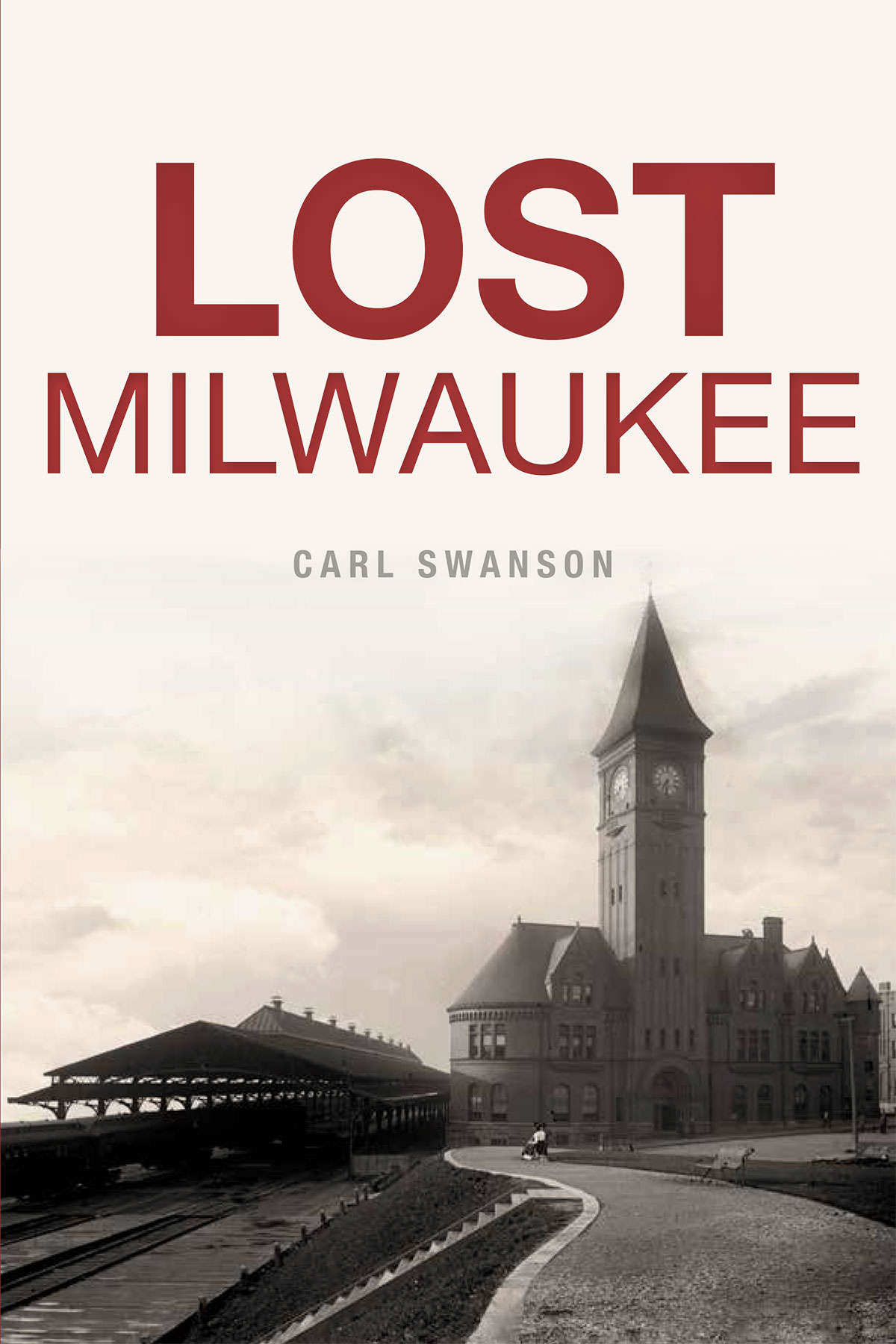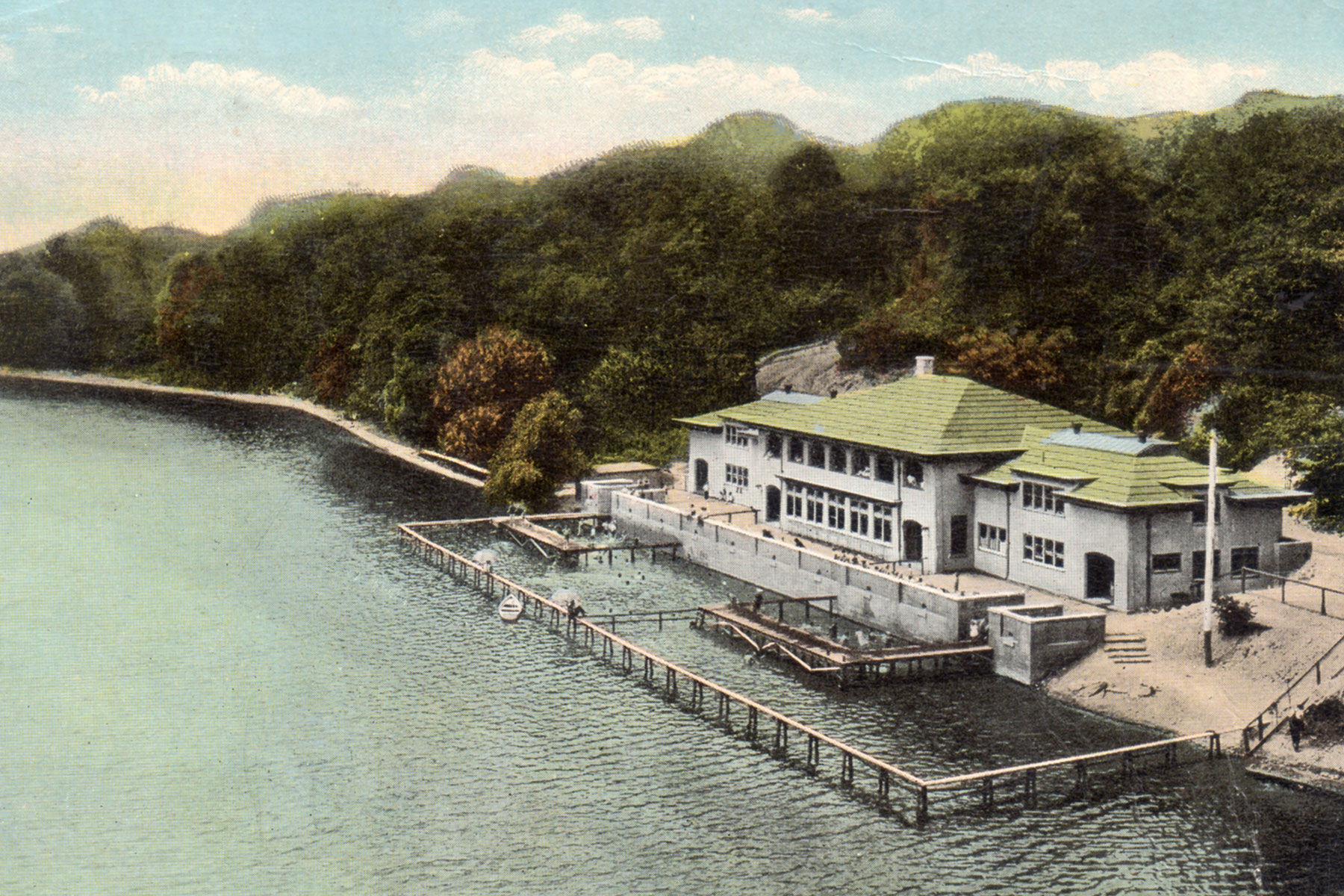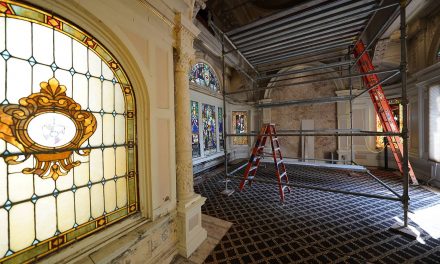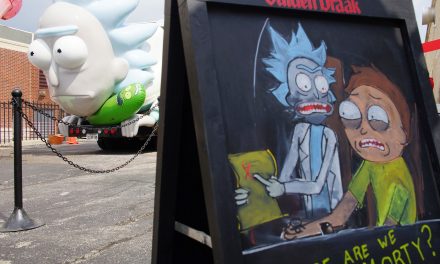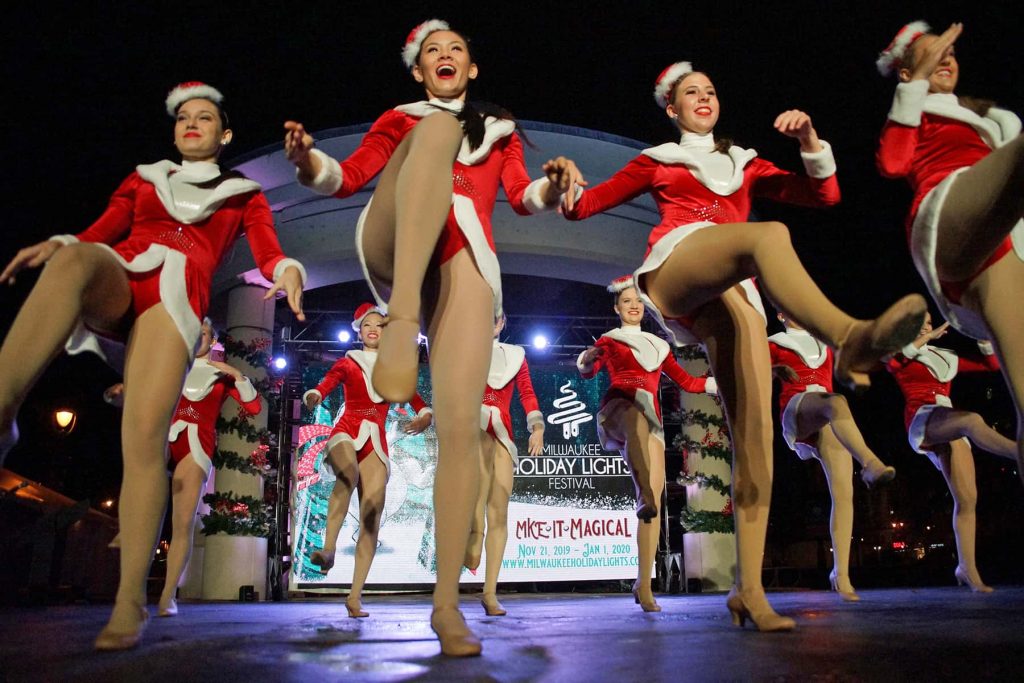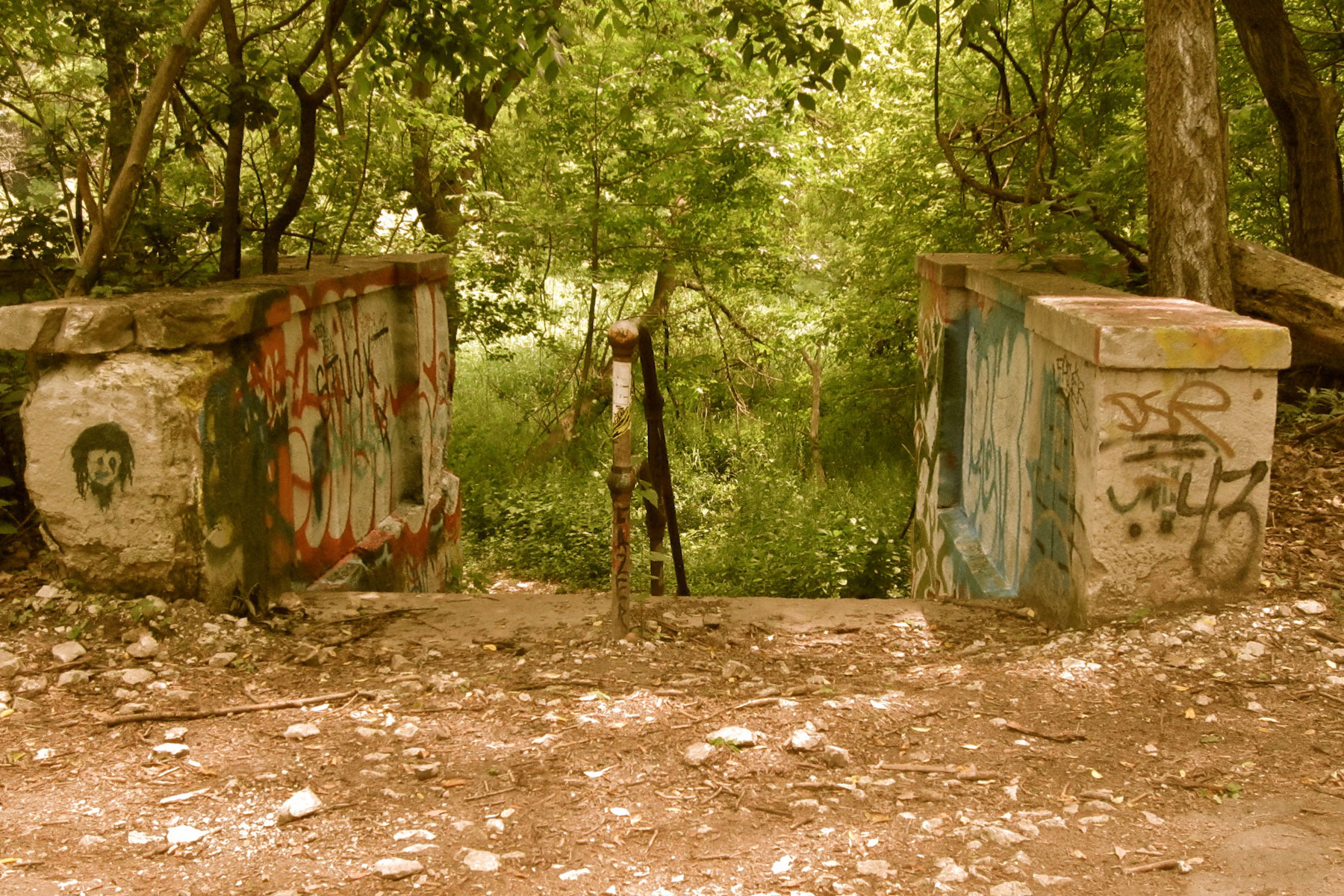
My journey into the past started with a decaying concrete foundation in the woods along the Milwaukee River.
A few minutes on the Internet pulled up the answer – the foundation was that of the Gordon Park bathhouse, which opened in 1914. It had an eating room, more than 300 lockers, and could accommodate as many as 600 swimmers at a time. In the winter it served as a warming house for ice skaters.
There is much more to the story. The first all-city swim meet was held here in 1921. More than 100 competitors took part, 59 in the diving events alone, watched by onlookers both ashore and aboard canoes.
In January 1926, newspapers reported 30,000 spectators at the park’s “ice fete” (speed skating, ski-jumping and hockey) on the frozen Milwaukee River. Published accounts called it the best-attended amateur sporting event in the state’s history up to that time.
Steadily worsening water pollution made the river unsafe for swimming, and the bathhouse was torn down 50 years ago.
Estabrook Park, just to the north, also once had a beach and swimming area – and before that the entire park had been a massive quarry and the world’s largest producer of natural cement.
The more I read of Milwaukee’s history, the more surprises I found.
The Oak Leaf Trail on Milwaukee’s East Side was once the route of one of the world’s fastest steam-powered passenger trains. Milwaukee’s second courthouse stood in what is today Cathedral Square, and featured a statue of a goddess of justice which locals thought resembled a drunken dancing girl. A failed trip to buy ice cream led to the founding of Evinrude outboard engines. Local women employed by a World War I munitions factory worked in their bloomers because it was too dangerous to wear dresses around moving machinery.
I thought others would be interested in the stories from the past, and in 2014 I started a blog, MilwaukeeNotebook.com. More posts followed, many of which were republished here on Milwaukee Independent.
In early 2017, an editor with The History Press, based in Charleston, S.C., contacted me. The company, and its sister imprint, Arcadia Publishing, specialize in regional interest literature, including an ongoing series called “Lost.” Would I, the editor wondered, be interested in writing a book for them, titled Lost Milwaukee?
The resulting book contains 42 essays and 71 photographs in its 208 pages, and focuses on structures and landmarks that have gone away or of which only ruins remain. Lost Milwaukee is, I hope, an entertaining read as well as a factual and informative one.
I set out to learn more about our city’s fascinating past. It has given me a new respect for the people, industries and events that shaped Milwaukee and made it the vibrant and complex urban center of today. It is an adventure and a powerful learning experience. It is like finding treasure in your own backyard.
It is a journey worth taking.
About Lost Milwaukee
Lost Milwaukee will be published on April 23, 2018. It is currently available for preorder from most online outlets and locally from Boswell Book Company.

